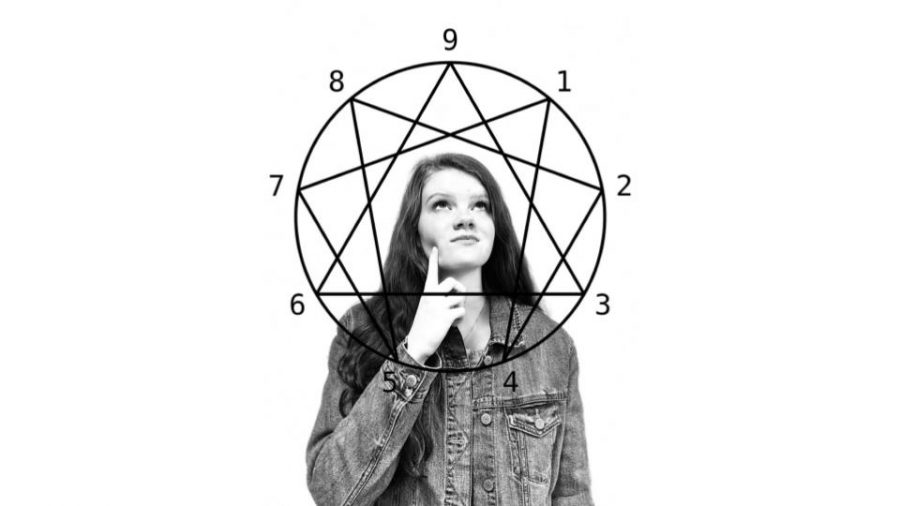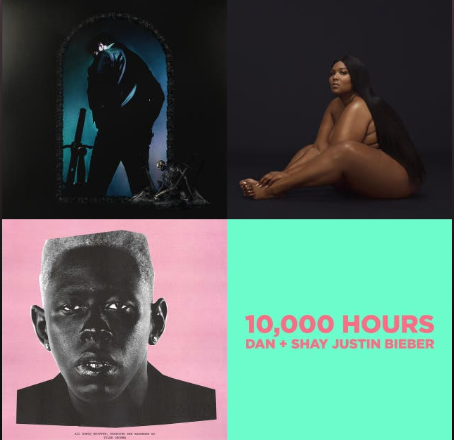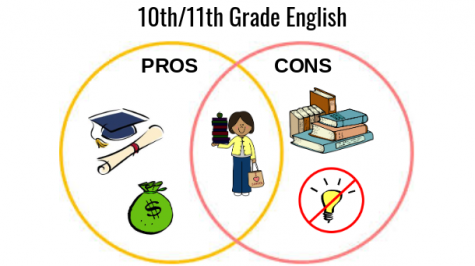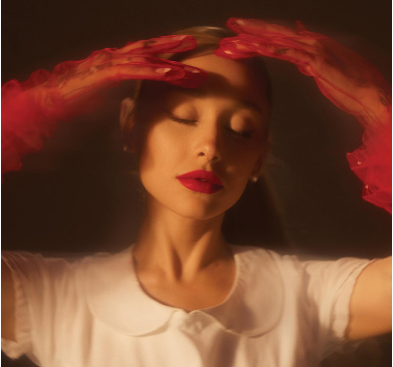Identity Crisis: Move over Myers-Briggs–Enneagram is king of personality tests
I am fascinated by identity tests, and I bet you are, too.
I encourage all of my friends to take the Enneagram as an alternative to the Myers-Briggs.
I am an ESFJ and a 2 on the Enneagram. I have taken the NEO Personality Inventory, the Myers-Briggs Type Indicator, the Enneagram, the DISC Assessment, and countless others. Needless to say, personality tests are my obsession.
It all started when I was in sixth grade. My teacher assigned us to take the Myers-Briggs Type Indicator to help us figure out how our strengths and personalities could play into potential future careers.
I got my results, read the analysis of my test, and was hooked. I felt completely exposed–how could a single test understand me so well? My results became my identity, and everything I did could be explained by “Extroverted Sensing Feeling Judging.”
I continued to seek new personality tests to take. I took the Love Languages test. Mine is words of affirmation. I took many career prediction tests. (Apparently I would be a great teacher.) I even took silly Buzzfeed mini quizzes. (If I were a Pop Tart flavor, I would be cherry).
I was fascinated by learning more about myself, and I bet you are, too.
About a year ago, I discovered the Enneagram–it’s a game-changer. The Enneagram is a personality typing test that categorizes people based on how they see the world and manage their emotions. This test is simple, not unlike the other personality tests, but the questions challenged my deepest beliefs and behaviors.
The questions are phrased in the form of statements, to which the individual answers with “yes,” “no,” or “partly.” For example, the test asks questions like, “I want to win the approval of those in authority, sometimes even when I don’t really like them” and “I am uncomfortable when people want an emotional response from me.”
I was not surprised when my results deemed me “Type 2: The Helper.” Even in elementary school, I was the one volunteering to arrange the desks and sharpen pencils. But it is the depth of my results that followed that drew me in.
Just when I thought it couldn’t get any better, I saw the diagram of all the Enneagram types. I examined it thoroughly (eventually getting past the fact that it looks a little bit like a mysterious hex sign), and unlike the Myers-Briggs test, each personality type is connected to another in some way.
The diagram is connected through arrows, and there are multiple subcategories that connect each type.
![]() Centers
Centers
The diagram has three different “center” categories, each with three types. The centers dictate how each type makes decisions and feels emotion based on the core aspects of their personalities. Types 2, 3, and 4 make up the Feelings center, meaning that their strengths lie in their feelings. Types 5, 6, and 7 make up the Thinking center, meaning that their strengths lie in logic. Lastly, types 8, 9, and 1 lie in the Instinctive center, meaning they focus on instinctual drive when going about their lives.
In conjunction with the centers, these groups also have an unhealthy dominating emotion. For the Feelings center, the dominant emotion is shame. For the Thinking center, the dominant emotion is fear. Finally, for the Instinctive center, the dominant emotion is anger. This is not to say that no other types feel these emotions, it just means that these emotions come across particularly strong depending on which center you are.
To sum it up, your center tells what your innate response is when you deal with emotions, distress, or decisions.
![]() Wings
Wings
To complicate things even more, people are not just one definite type. If you take a look at the diagram, you will see that each number has a neighbor to the left and the right. These numbers are the wings. For example, I am a type 2, but 2 is surrounded by type 1 and type 3. This means that I can be a “2w1” or a “2w3”. Having a wing does not mean that your core type changes, it just means that you have aspects of another personality type that compliment yours. I have balanced wings, which means that I do not lean more strongly either way, but if I had wings, it would bring a whole new set of qualities to my personality.
![]() Directions of Integration and Disintegration
Directions of Integration and Disintegration
Confused yet? Well, the depth does not stop there. I said before that all the types are connected, and I meant literally connected. The diagram is woven together by arrows, representing directions of integration and disintegration. This sounds complicated, but in essence, it just means that each type moves towards the qualities of another type when they are healthy and when they are stressed. As a type 2, I move towards the unhealthy qualities of a type 8 when I am stressed, and when I am doing well, I move towards the healthy qualities of a type 4.
It seems like a lot of information to keep track of, but once you take a closer look at your own personal type, it all makes sense. No one is simply one type, you are not “defined” by one set of characteristics. Everything discussed above – your wings, your centers, and your directions of integration and disintegration – contribute to the unique you, and make up your ultimate type.
After diving into the world of the Enneagram, I came out with a new and exciting perspective on my relationships with others. Like anyone else, I had to share my excitement with my friends. I made all of them take the test, hoping they would be as fascinated as I am by my new-found interest. Some were, some were not, but all interests aside, they learned about themselves, and I was able to better understand them.
Now, you may be thinking to yourself, “Emily, this is ridiculous. It’s all just an Internet hoax.” Hear me out.
The origins of the Enneagram actually date back to the 4th century A.D. in Alexandria. The word itself is derived from the Greek language, “ennea” meaning “nine” and “gram” meaning “written or drawn.” Although the nine-type psyche breakdown we are familiar with today was not developed until the 1950s, there is evidence of the ideas of the Enneagram used for religious purposes centuries ago.
Learning about the Enneagram has broadened my perspectives. By knowing other peoples’ Enneagram types, it helps me to know what I should do to help them and what I should avoid doing (a very 2-like quality of mine).
A concern many have with the Enneagram is that it puts people in boxes. According to Enneagram Worldwide, “Determining our personality type through the Enneagram does not put us in a box, but helps us see the box from which we experience the world. With this awareness, we can step outside of our limited perspective.”
Although I love the Enneagram, the Myers-Briggs test will always have a special place in my heart. Through studying different personality tests and the Enneagram, I have learned so much about myself, my friends, and how we are all connected. Interested in finding your Enneagram type? Take the free test!
Your donation will support the student journalists of Linganore High School. Your contribution will allow us to purchase camera/recording equipment and software. We hope to raise enough money to re-start a monthly printed issue of our paper.













